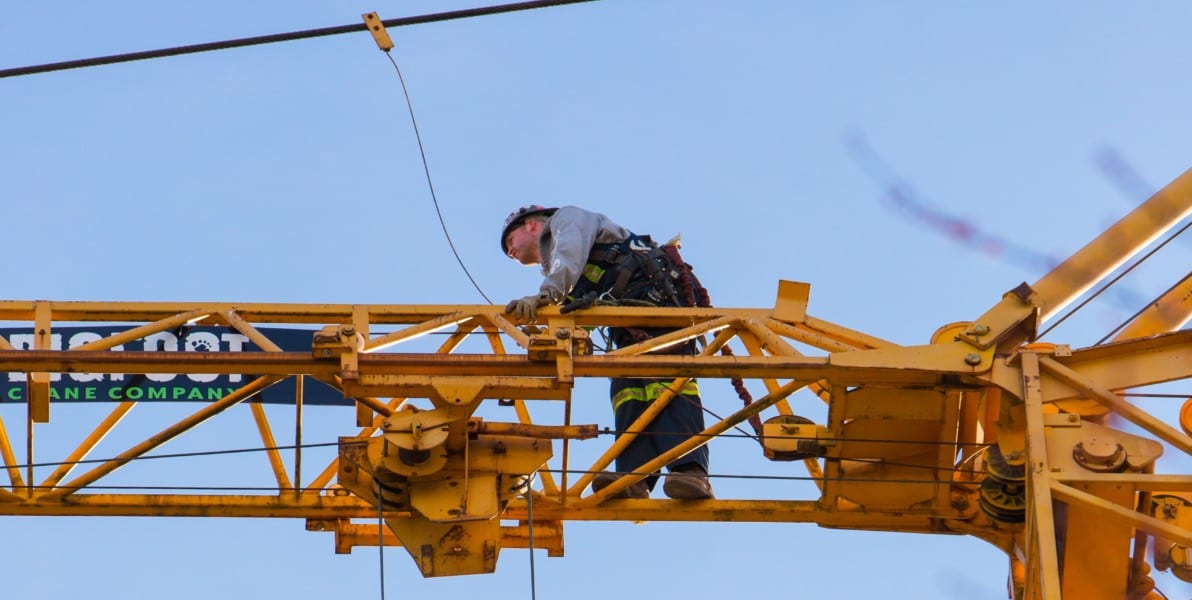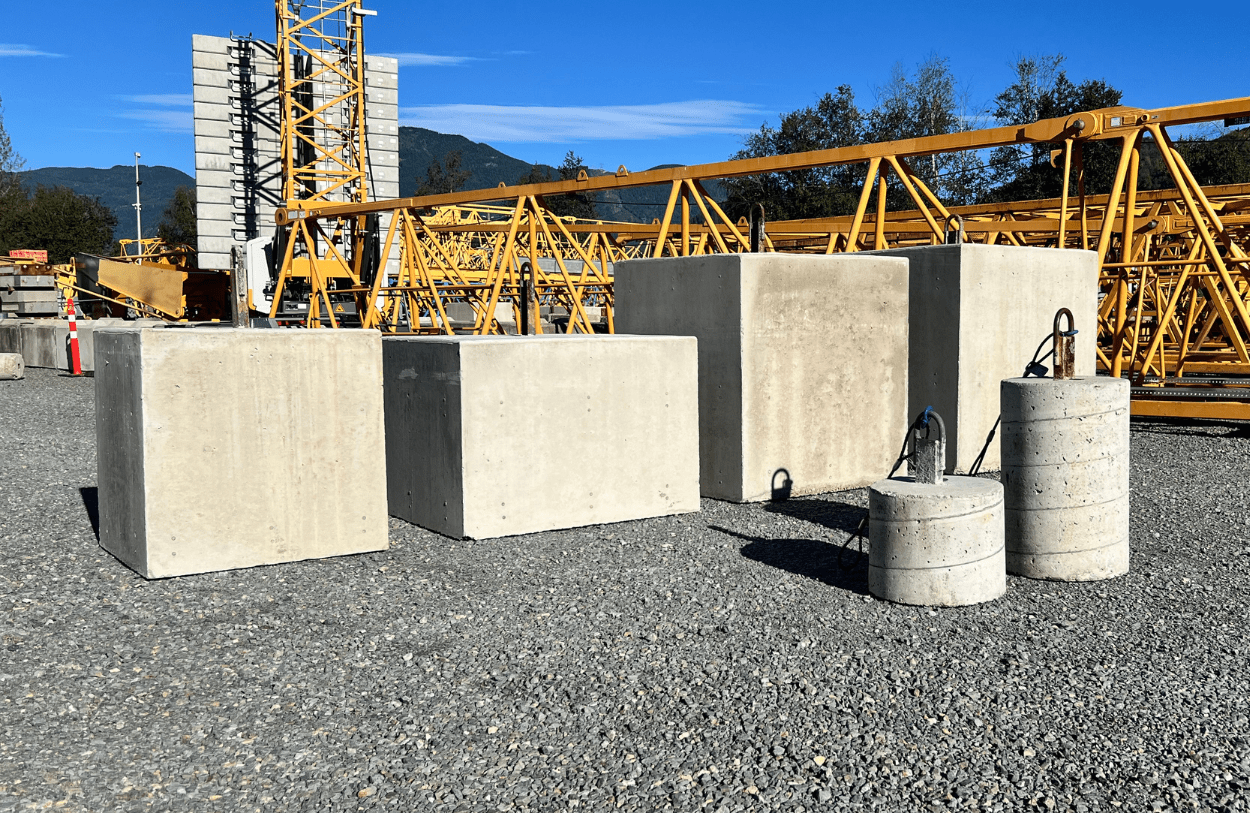Wind is a major hazard when working at height, even on days that seem calm. Windy days can make working at height dangerous for everyone on the job-site. Follow these best practices to ensure a safe job-site, no matter the weather.
#1: Keep Objects and Tools Secure
Be prepared by keeping objects and tools that are not in use well secured. Strong gusts can cause you to lose balance, blow tools and materials off of platforms, and weaken structures, so store materials and tools securely when not in use.
#2: Use a Wind Meter
General wind readings are usually taken at ground level and cover a large area, like a city or neighborhood. This makes them a useful tool for planning, but they don’t provide enough information to ensure safety on your job-site, especially when heights are involved. Wind speeds can increase by up to 50% at 20 meters above ground, which means a manageable breeze on the ground can translate to near gale force winds at height. Use one of our NAVIS wind meters to get accurate readings that reflect how your site is affected by gusts and how the surrounding buildings and landscapes are influencing wind currents.
#3: Don’t Underestimate Gusts
Even on calm days, gusts of wind are still hazardous, as they can come out of nowhere and travel up to two times faster than the average windspeed. Again, use a wind meter to monitor conditions, as you may need to quit working at height if gusts are too strong.
#4: Treat Flat Materials with Caution
Flat materials like sheets of plywood can easily turn into sails if hit by strong enough winds, and can drag people off heights or fall onto those working below. On windy or gusty days, make sure to carry flat materials horizontally in pairs and secure them tightly when not in use.
#5: Don’t React to Blowing Objects
Strong winds can blow away tools, hard hats, papers, and more, but at height it’s important to fight the immediate urge to catch blowing objects. It sounds counter-intuitive but reacting too quickly could cause you to lose your balance or could distract you from other hazards blowing toward you. If something begins to blow away, take a beat before retrieving it to ensure you can do so in a safe manner.
#6: Wear the right Personal Protection Equipment (PPE)
The right PPE could make the difference between a close call and a trip to the hospital. Wear eye protection on breezy days to keep out dust and debris, and make sure your hard hat is securely fastened to keep it from blowing off your head.
#7: Wear a Harness
No matter how uncomfortable or cumbersome it is, always wear a harness at heights of 1.5 meters and above, as 30% of fatal falls happen at heights of two meters or lower, and 50% happen at three meters or less.
#8: Don’t Make Covers Without Holes
It may be tempting to create a sheltered area in windy conditions (especially if they’re coupled with cold weather) but like sheets of material, covers made of tarp or plywood can tear away whatever anchor or platform they’re attached to if caught by a strong enough wind. We don’t recommend making these kinds of shelters, but if you must make a cover for yourself, cut holes in it to allow the wind to pass through without carrying it away.
#9: Know When to Stop Working
Losing a day of work is manageable, losing a co-worker to injury or worse is not. Create a plan to deal with windy conditions. We recommend this guide: Wilkins Safety Group’s Beaufort Scale Safety Guide, which details the precautions that should be taken at various wind speeds. It’s an extremely helpful tool in creating a safe plan.
#10: Always Inspect Your Structures
Strong winds over extended periods of time can cause structures to weaken or lean at unsafe angles. Always check over scaffolding, platforms and their anchor points after a wind storm to ensure they are still secure to work on, and that nothing has shifted that will cause them to fall or collapse.





